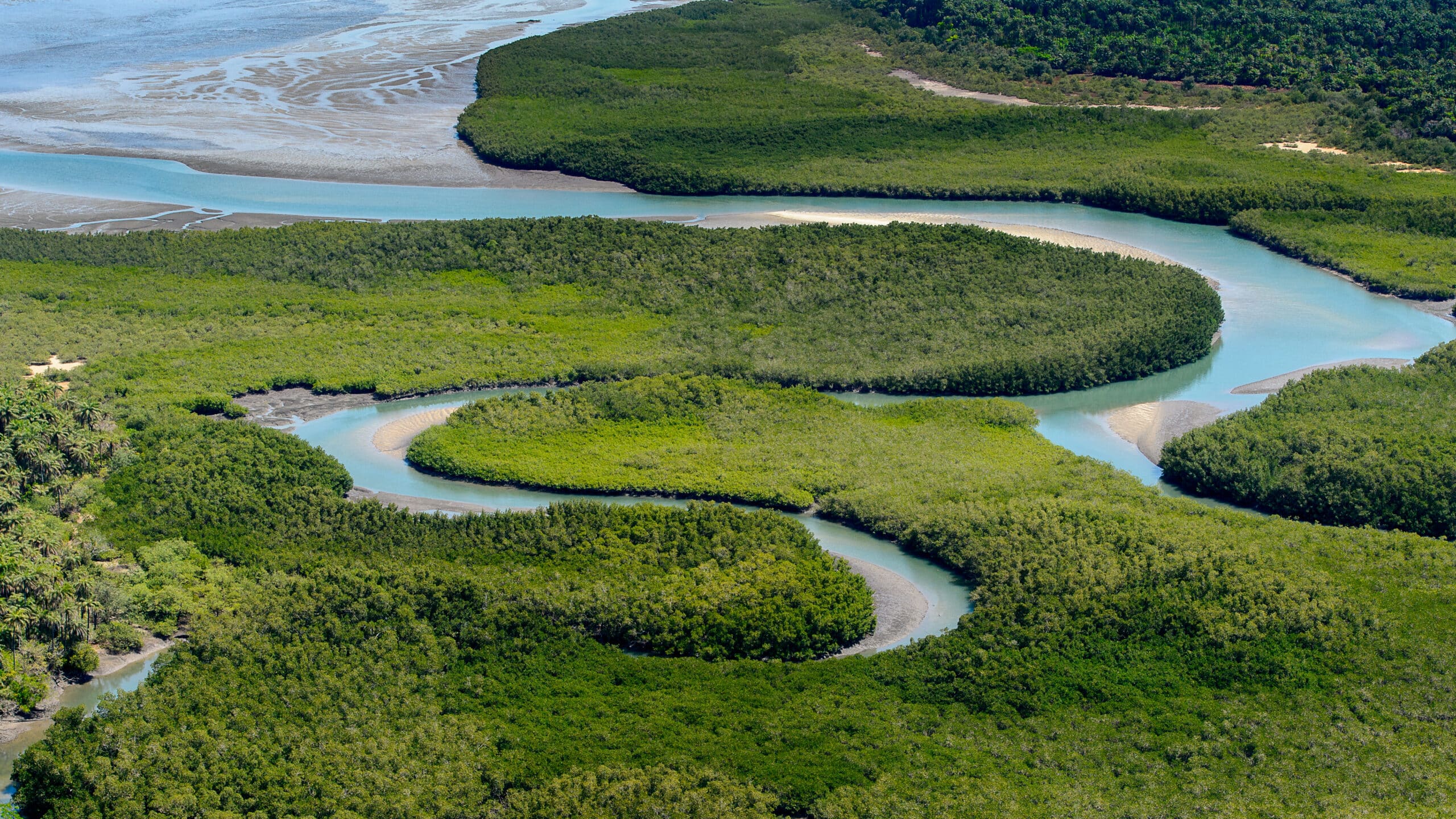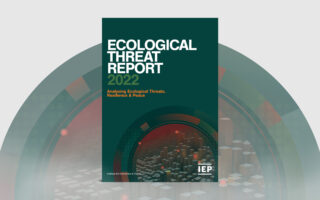As defined in IEP’s Ecological Threat Report (ETR), water stress occurs when more than 20% of a country’s population does not have access to clean drinking water. Climate change, faulty infrastructure and the misuse of water means that billions of people around the world face some form of water stress. The latest ETR report has identified several European travel hotspots as threats for potential future water stress, as it is expected that the supply of safe and usable water to these areas will not meet its demands. In addition, it is expected that changing ecological conditions will intensify this stress.
Europe currently faces the detriments caused by its greatest drought of the last 500 years. The intense heatwave and shortages in water supply that regions of Europe endured throughout 2022, led to unprecedented levels of water stress, alongside above-average wildfire seasons and decreased crop and farming production. In 2022, it was detailed that the vast majority of Europe’s great rivers had dried up to a considerable extent. This saw water supplies plummet and Europe’s energy sector, which was already in a crisis, took another major blow.
The effects of water stress in Europe are widespread. In August last year, Germany closed sections of the Rhine, one of Europe’s most famous rivers, as the water level reached 37 centimetres. French nuclear power stations at the Rhône and Garonne rivers were forced into temporarily reducing their output levels due to the threat of water temperatures rising and killing wildlife, as a result of water being released from the reactors. In Norway, electrical grids were shut down, as they ran almost entirely off hydroelectricity. Consequently, this stopped all energy exports to maintain Norway’s domestic electricity supply. Regions in southern Europe seem to be the most susceptible to water stress as water use for agriculture, tourism and public water supplies contributes to 30% of the population living in areas with permanent water stress and almost 70% living with seasonal water stress occurring during the summer. Despite this, water stress is causing major problems across all of Europe. The high population density of urban areas in Western Europe is extending the water scarcity issue to Europe’s river basins.

Climate change is further increasing the intensity of water stress in the EU as it has caused increasing variability in weather patterns, which have caused precipitation and the prolonged droughts in some regions. It is expected that droughts will continue and increase in frequency and intensity due to climate change, which will likely see Europe experience extreme water stress for at least another 10 years. The inflicted changes from increasing climate intensity are a key source of exacerbation of Europe’s water scarcity. European countries must address climate change through mitigation and adaptation measures, to reduce the unpredictability and severity of water stress.
Water stress is a global issue and as the threat increases, countries have been forced to develop ways of mitigating it. Reliance on technology and desalination facilities are the most common ways in which water supply issues are being averted. Countries can alleviate water stress with strategic measures, but these measures require state-wide cooperation. As Europe’s situation seems to only be getting worse with time, we can expect certain European countries to prioritise water management and increase investments in infrastructure developments such as reservoirs, wastewater plants and water storage for safe usage of treated water. Countries in Europe will also aim to address water conservation at the individual and industrial levels through public awareness campaigns to promote and regulate the importance of water usage.
Access to clean and safe water is essential for sustaining life, promoting public health, producing goods and services and fostering socio-economic development. More importantly, access to safe water is a fundamental human right and a cornerstone of a thriving society in the modern world. The increasing threat caused by water stress in regions of Europe is something European countries must work together to eliminate, as predictions look dire for the next two decades.

Download the Ecological Threat Report 2022.
Ecological Threat Report 2022